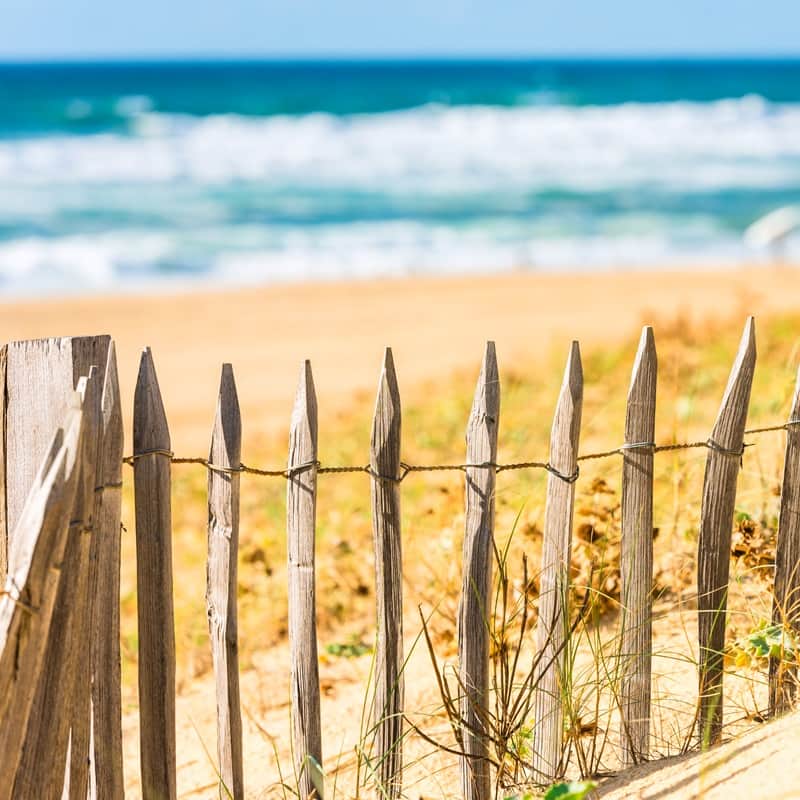
Trachycarpus fortunei in your garden: how to plant and maintain this palm?
Are you looking for a beautiful and easy to maintain palm tree for your garden? Then Trachycarpus fortunei, also known as the Chinese windmill palm, is an excellent choice. It is a hardy palm tree that can withstand a significant amount of frost. MyPalmShop is happy to explain to you how to plant and maintain your palm trees.
Planting Trachycarpus Fortunei
Step 1: Choose the right spot
Before planting your Trachycarpus fortunei, you have to choose the right location. This palm tree grows best in a sunny or half sunny spot with well drained soil. Although not necessary, we do also recommend planting it in a sheltered location against hard winds and severe frosts when possible.
Step 2: Dig a hole
Dig a hole that is twice as wide and deep as the root ball of Trachycarpus fortunei. Ensure it is large enough, so the roots have space to grow and spread.
Step 3: Loosen the ground
Loosen the ground and add some compost or organic fertilizer. This provides the ground with nutrients and improves the soil quality. Alternatively, you can use palm potting soil. In both cases, make sure the soil you use is well drained.
Step 4: Place your Trachycarpus Fortunei
Place your Trachycarpus fortunei in the hole. Make sure that the top of the root ball is at ground level. Add your soil to the hole and press the soil around the root ball to secure the root ball in its new location.
Step 5: Add water
Provide sufficient water to Trachycarpus fortunei after planting. Make sure the water reaches the roots properly. Keep the soil humid, but not wet. Your well drained soil will get rid of surpluses of water.
Maintaining Trachycarpus Fortunei
Step 1: Providing water
Provide regular water to Trachycarpus fortunei, especially during dry periods. Keep the soil humid, but avoid overwatering and make sure that the soil remains well drained. Improper drainage can lead to root rot.
Step 2: Fertilizing
Fertilize your Trachycarpus fortunei at least once per year with a slow release fertilizer. The most important time is right after the last frost. Leaves tend to turn yellow without fertilizer around this time of the year. Providing fertilizer every 4 weeks (or if you use different fertilizers: read the information on the fertilizer) increases the palm’s health and growth further, as well as improve your palm’s resistant to pests and diseases.
Step 3: Pruning
Prune dead, damaged or diseased leaves of Trachycarpus fortunei. Only prune green leaves if they are getting in the way, as green leaves stimulate growth of your palm tree.
Step 4: Protection against frost
Protect Trachycarpus fortunei against severe frosts (-17 in open ground, -10 in a pot) by enveloping the trunk with breathing materials, such as climate cloth or jute. Remove the protection as soon as the frost is gone. Always use breathing materials, such as reed mats, jute or cotton. You can protect the soil and roots by applying a layer of mulch, such as old leaves or wood chips. Aside from protecting the roots, it also prevents the soil from freezing (much), so that the palm will awake earlier in Spring. If you planted your palm tree in a pot, it is best to simply put it in a sheltered location (particularly against eastern wind).
Step 5: Check your palm for pests and diseases.
Check your Trachycarpus fortunei for diseases and pests regularly, such as woolly aphids, red spider mites and fungi. If you see signs of diseases or pests, treat the palm with a suitable pest control. Fortunately, outdoor plants have significantly fewer problems related to pests, as there are many predators hunting lice.
Enjoy your Trachycarpus fortunei for years to come
Trachycarpus fortunei is a beautiful and hardy palm tree that can thrive in our climates. By planting and maintaining your palm tree the right way, you can enjoy your palm tree for many years to come. At MyPalmShop, you can find a large range of Trachycarpus fortunei palm trees and other palm tree species. We can also advise you on how to take care of your exotic plants. Feel free to contact us if you have any questions. We are always ready to help!





Comments (0)